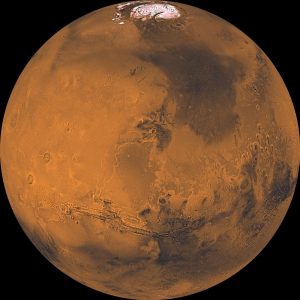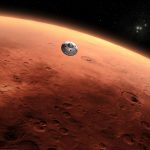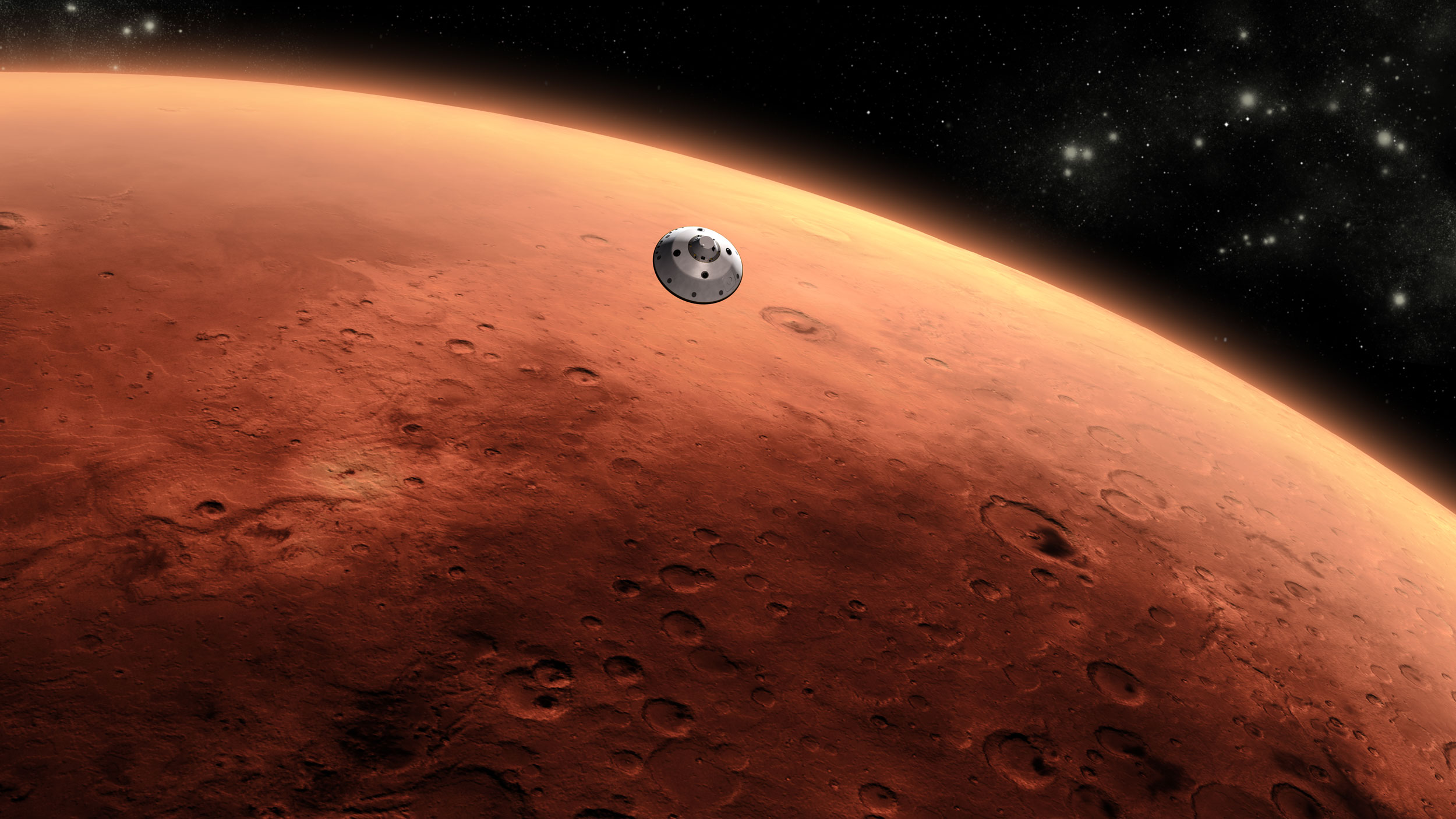NASA’s Curiosity Rover Captures Stunning Photos of the Martian Landscape
Discover the breathtaking images of Mars captured by NASA’s Curiosity Rover. Explore the Martian landscape, latest discoveries, and what these photos reveal about the Red Planet’s mysteries.
NASA’s Curiosity Rover continues to amaze space enthusiasts and scientists with its incredible discoveries on Mars. Recently, the rover captured a new set of high-resolution images of the Martian landscape, offering a detailed glimpse into the rugged terrain, rocky formations, and atmospheric beauty of the Red Planet. These photographs not only inspire wonder but also provide valuable insights into Mars’ geological history and potential for past habitability.

Latest Curiosity Rover photos 2025
Since its landing in August 2012, the Curiosity Rover has been on a mission to explore Gale Crater, a massive depression believed to have once held water. Over the years, it has traveled across challenging terrain, conducting experiments, analyzing soil samples, and sending back thousands of images. The latest stunning Mars photos highlight the rover’s continued success and the importance of robotic exploration in advancing human knowledge of space.
A Window into Mars’ Geological Past
The newly released images reveal towering cliffs, dust-filled valleys, and unique rock layers that tell the story of Mars’ ancient climate. Scientists believe these formations were shaped by water and wind billions of years ago, suggesting the planet may have once had the right conditions to support microbial life. Each photo acts like a puzzle piece, helping researchers reconstruct Mars’ environmental history and determine how it evolved into the dry, barren world we see today.
What do Mars rover photos show?
While the images are breathtaking from a visual standpoint, they also hold scientific importance. By studying the patterns in rock layers, researchers can compare them to similar formations on Earth. This comparative planetology approach allows scientists to draw parallels between the two planets, deepening our understanding of Earth’s geological processes as well.
Furthermore, the clarity of the Curiosity Rover’s Mars images helps scientists identify potential landing sites for future missions, including NASA’s Artemis program and potential human exploration of the Red Planet.
Inspiring the Future of Space Exploration
Beyond the scientific community, the images captured by Curiosity inspire millions around the globe. Each photo reminds us of humanity’s ability to explore worlds beyond Earth, fueling curiosity, innovation, and the dream of one day stepping foot on Mars. As space agencies plan crewed missions in the coming decades, the rover’s work serves as both a guide and an inspiration.
FAQ Section
- What is NASA’s Curiosity Rover?
Curiosity is a robotic rover launched by NASA in 2011 and landed on Mars in 2012. Its mission is to explore Gale Crater, study the Martian surface, and search for signs of past habitability. - Where were the latest Curiosity Rover photos taken?
The new images were captured in Gale Crater, where Curiosity continues to explore rocky terrains, hills, and valleys that provide clues about Mars’ geological past. - Why are Curiosity Rover’s photos important?
These photos are important because they help scientists study Mars’ climate history, identify signs of ancient water, and prepare for future human missions to the Red Planet. - Can the public see Curiosity Rover images?
Yes, NASA regularly releases Curiosity Rover images to the public through its official website and image archives. Space enthusiasts can view and even download high-resolution photos of Mars. - What’s next for Curiosity Rover?
Curiosity will continue its climb up Mount Sharp, analyzing rock samples, studying the Martian atmosphere, and sending back more data to help scientists uncover Mars’ secrets.





